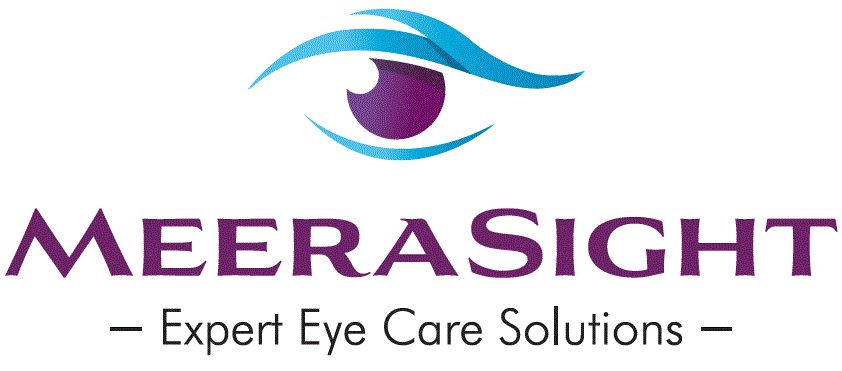Poor vision isn’t the only indicator of eye disease. In fact, it’s usually the last thing that happens. And, once you start to lose vision, you often can’t get it back.
This is why it is so important to visit your eye doctor regularly. A comprehensive eye exam allows doctors to see things you can’t—so little problems don’t become big ones later on. And, if you’re a contact lens wearer, annual exams are mandatory.


Comments